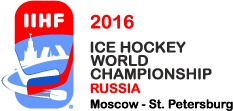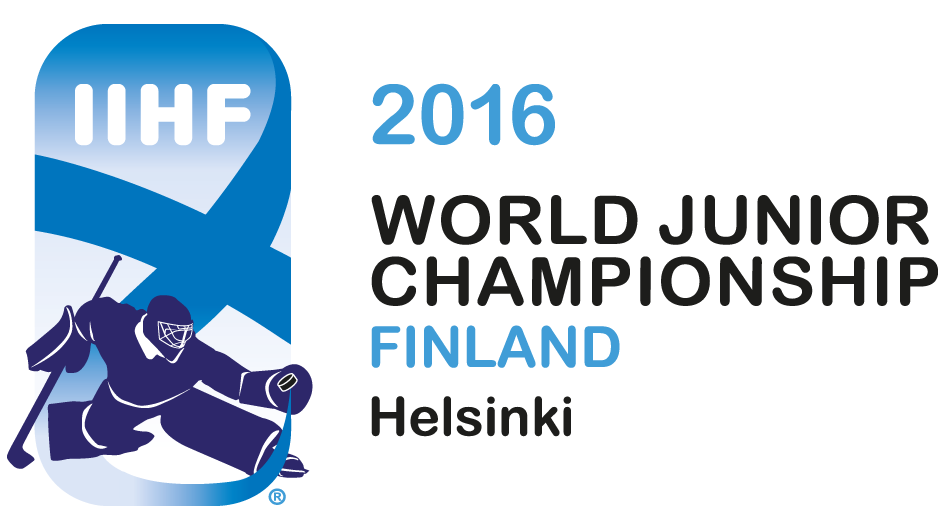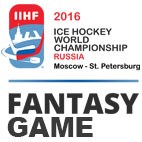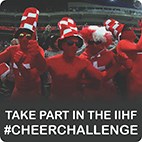From Sapporo to Petersburg
From Sapporo to Petersburg
The transformation of Hungarian hockey

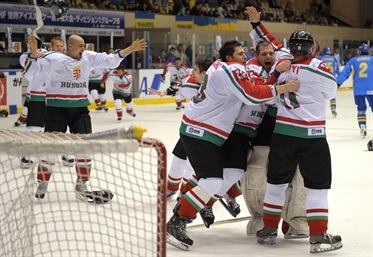 Sapporo in 2008: The Hungarian players celebrate their tournament win in Division I and the return to the World Championship after 70 years. Last spring in Krakow the Hungarians got promoted again. Photo: Seinosuke Uchigasaki
Sapporo in 2008: The Hungarian players celebrate their tournament win in Division I and the return to the World Championship after 70 years. Last spring in Krakow the Hungarians got promoted again. Photo: Seinosuke Uchigasaki
No one knew at the time what kind of domino effect that game and the tournament would have not just in Hungarian hockey but for hockey in general.
People say that when you look back at an event in time especially if it is something positive, you tend to forget the negative parts about it. In sports, years after a team has won something big, fans tend to look at the roster and count who is still on the team or who is still an active player.
This numbers get smaller as we turn the pages in the calendar and eventual the number is 0 and we say something like “wow, that was a great team” or “do you remember he scored that goal”. It is human nature to reminisce about the past. Of course the conversation turns to what these legendary players are up to these days.
In Budapest this was what happened during this past week’s international break with a game between players from the team in Sapporo and Czech legends followed by the Euro Ice Hockey Challenge tournament.
Last April, Hungary defeated Poland in Krakow to make it back to the top division. Seven years is not that long of a time span – especially considering the previous absence of 70 years.
The average age of the 2008 team was just over 28 years old. If you add seven to that, you are at just over 35. Players tend to hang up the skates by then and move on to their next stages of life.
Last week’s roster amazingly included six players from the team in Sapporo that were nominated for the tournament held in Stavanger, Norway, last weekend although due to injuries only three made the trip. Eleven players from the 2008 team are still active. The three who played were the three youngest players on the team in 2008, goalie Zoltan Hetenyi and forwards Andras Benk and Csaba Kovacs.
In 2008, the Pat Cortina coached Hungarian team did not secure promotion until the closing minutes of the final game against Ukraine when Marton Vas scored a shorthanded goal to give Hungary a 4-2 win. The following year at the World Championship Hungary was relegated back to Division I but the change had already started. Pat Cortina started to bring in younger players.
On the political side hockey was added to a group of sports (football, handball, basketball and water polo) that would receive a larger amount of government funding for their youth programs, both on the club and national team side.
The fruits of this investment were visible in last year’s Division I in Krakow when four out of the 13 forwards were under the age of 20. The days of someone playing on the national team in 15, 20 World Championships is coming to an end as more kids pick up the sport. There are more youth teams being formed and more kids are hitting the level of quality that is demanded to be called into the junior national teams.
Thanks to the government funding the Hungarian Ice Hockey Federation was able to revamp and implement a new youth system that is headed by Glen Williamson. These kids are now developing their hockey instincts faster than the previous generation and they reach a higher level. Now players are not being pushed out of the senior team by one junior every couple of years – now it's a group of three or four players banging on the door every year.
In Krakow the situation was different, said Diego Scandella, who was an assistant on Cortina’s staff in 2008 and 2009 and who was on Chernomaz’ staff in the past season.
“This team was ready and prepared to get promoted. The coaching staff reviewed the tape after each game and the players were tactically ready, they bought into what we were doing and that was the most important thing.”
Scandella continued on by saying that the veterans’ experience made a difference in the last game against Poland. “Guys like Kovacs and Marton Vas knew exactly what it would take to win. We were just the support staff.”
Rich Chernomaz will have to find out what is more valuable, a veteran player who is a great leader in the dressing room or someone who could become a key player of the national team for the next few seasons.
Looking at the six players from Sapporo who were called onto the current team, Hetenyi has the best chance to be back in St. Petersburg. Behind the goalie trio of him, Bence Balizs and Miklos Rajna there is not that much depth at the position.
On the blueline the situation is not that much better for the heroes from Sapporo. Marton Vas turned from forward to defenceman and Viktor Tokaji will be competing for a final roster spot as well.
The situation upfront is different. There is scoring talent coming up through the pipeline, however, Andras Benk is not known for his scoring, he is a defensive forward who played with the same linemates this weekend as he did in Poland, and Csaba Kovacs is versatile and dependable enough that he can play on any of the lines if needed.
The last player of the “Sapporo Six” is Janos Vas, a former second-round draft pick of the Dallas Stars who has AHL and Elitserien experience under his belt. Hungary has always counted on his scoring although in Krakow he was on the third line.
“We were a Cinderella story for sure, but things were not as professional as they are now, which also brings higher expectations. But we like the challenge and we have answered the call,” said Csaba Kovacs. “A lot of the guys don't know what the conditions were like ten years ago but I hope that they listen to some of the stories that we older guys have and they respect the history of Hungarian hockey and they can build on that.”
Gergely Majoross, current national team assistant coach and a member of the 2008 team, had similar thoughts to what Kovacs said: “It is a lot different now. When we were promoted in 2008 we were an older team and for most of us our careers hit the peak at the promotion. Right now these guys are young and I think the programs that they are coming out of are better than what I came out of and number of guys are playing at a high professional level. My generation took the first step and hopefully these guys take the next step.”
Since 2008 a number of players have moved on to the next phase of their lives. Along with the six players mentioned, Daniel Fekete, Tamas Groschl, Balazs Ladanyi, Imre Peterdi and Artyom Vaszjunyin are still active players.
Interestingly just about everyone who is not an active player is still involved with the game except for Omar Ennaffati while Gabor Ocskay tragically passed away some years ago.
Tamas Sille is an assistant for EBEL team Fehervar and with Majoross, who is the head coach of MAC Budapest, they are on the current Hungarian national team staff.
Andras Horvath and Bence Svasznek are working with one of the junior national teams, Roger Holeczy, Balazs Kangyal and Levente Szuper are youth coaches at clubs, Viktor Szelig is in the management of French club Briancon and Krisztian Palkovics has moved in front of the TV camera.
Back to Overview

